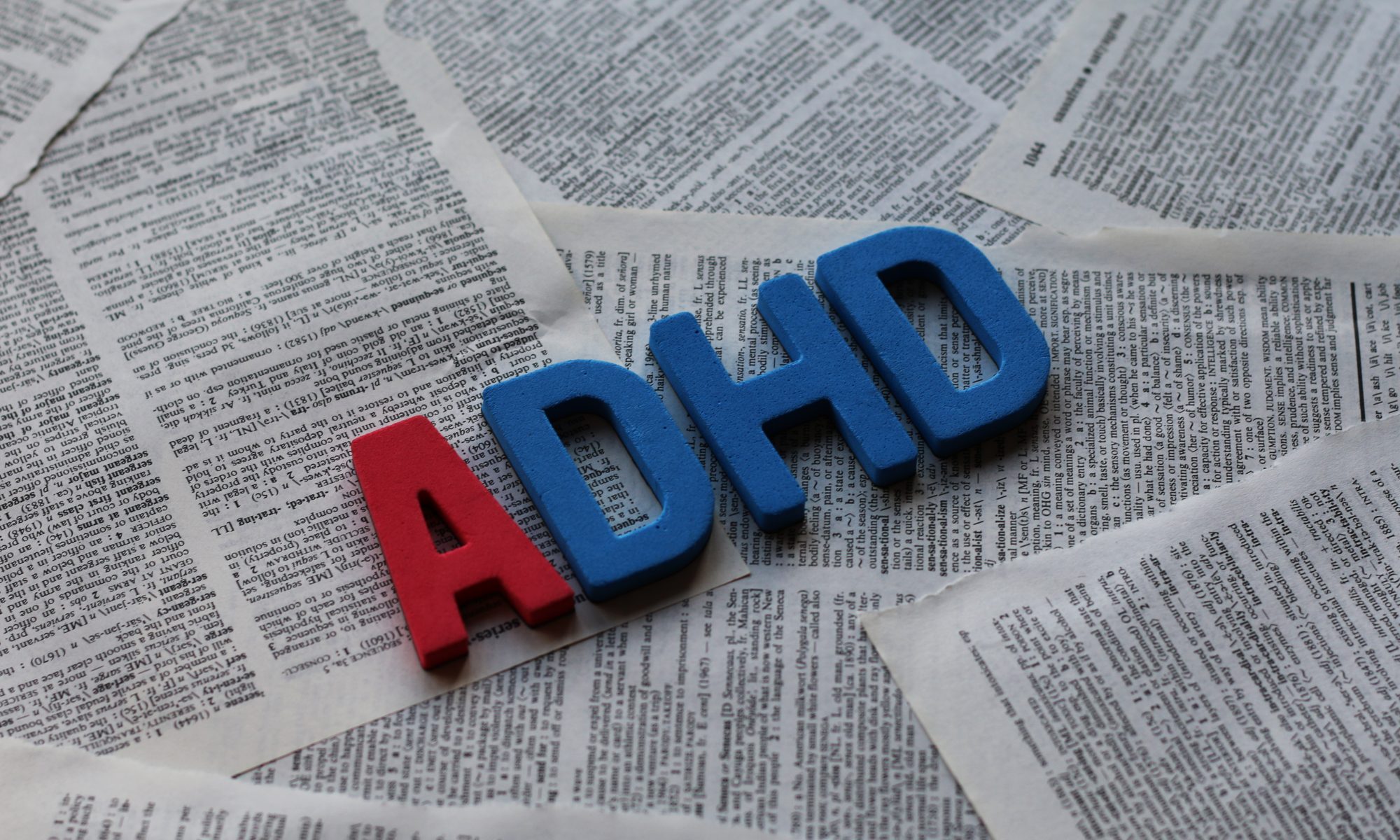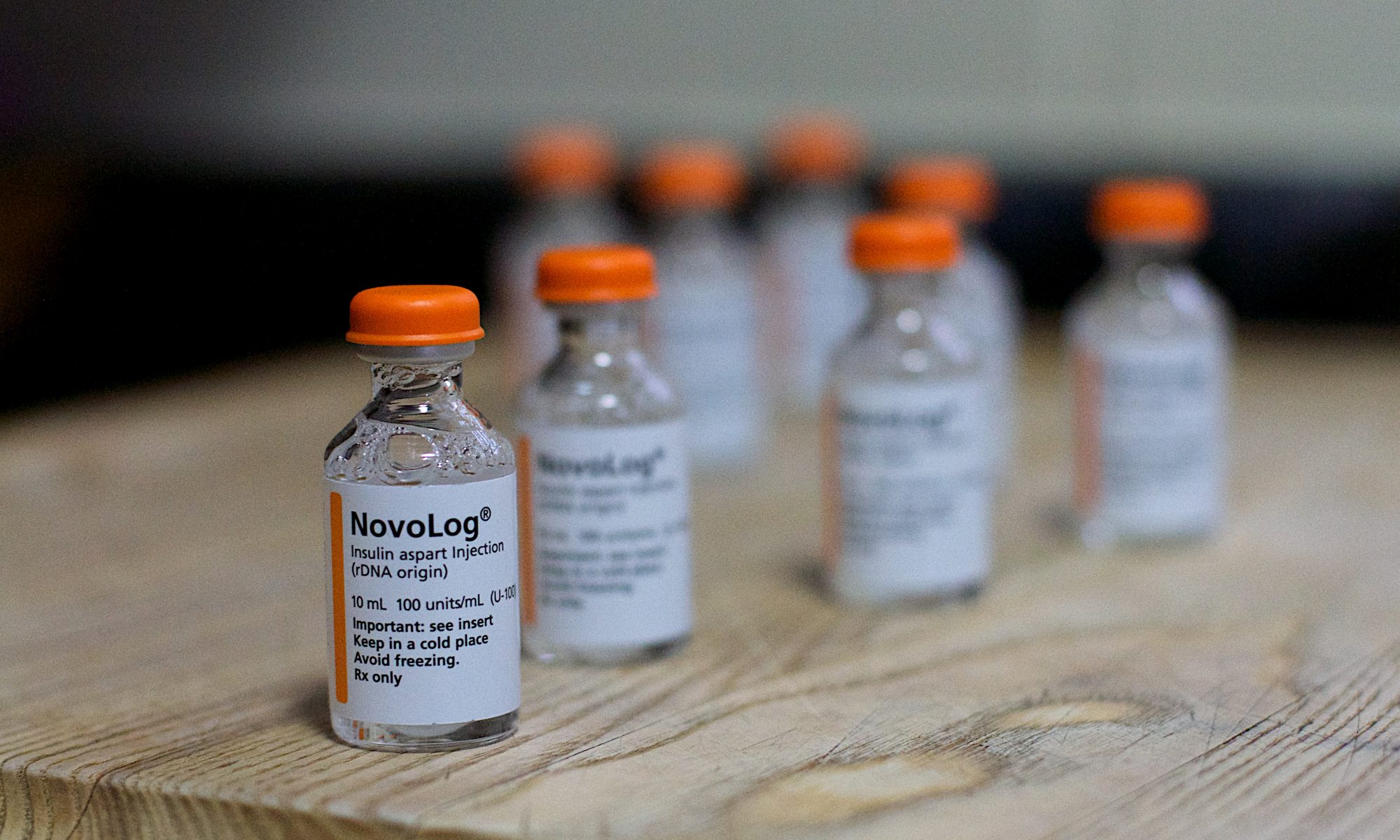The Bajau people, or “Sea Nomads”, of the Southeastern Asian Islands are renowned as the best divers in the world. The Bajau have been occupying houseboats for generations, living an entirely marine existence as deep-water hunter-gatherers. They spend hours each day underwater, reaching depths of over 200 feet, equipped with no more than weights and wooden goggles. Numerous studies from Tibet looking at physiology and genetics of high altitude societies have raised the question, how are the best divers in the world adapted to their niche?
A recent study compared the Bajau to the neighboring land-dwelling Salaun people, by analyzing DNA, and spleen size. The human body is well adapted to diving; upon breath holding and the sensation of cold water on the face, the body will change its behavior to limit oxygen consumption and contract the spleen to release oxygenated red blood cells into the circulatory system. The Bajau people’s seemingly superhuman diving skills may be explained by physiological differences, like larger spleens.
Researchers took measurements of non–related Bajau (to avoid familial similarities) using ultrasounds and saliva samples to analyze spleen size and DNA, respectively. As a means of comparison, the scientists took similar measurements from the Salaun people of the same area, who have been identified through DNA to be amongst the most genetically similar to the Bajau, but live a grounded existence with little interaction to the marine environment.
The results show that the Bajau people did have significantly larger spleens than the Salaun people and DNA analysis confidently informed a specific gene related to spleen size and thyroid hormones that was expressed at significantly greater levels in Bajau than Salaun people. This is the physiological and genetic difference the researchers were looking for.
So does that mean professional divers have larger spleens than people who can’t swim? Not necessarily. These differences are the result of natural selection. For thousands of years the Bajau have occupied houseboats, traversing the seas of Southeast Asia, living off of materials and food gathered from deep sea floors, using only simple tools. Over so many years, generations, and deep-water dives, these people have evolved. The environment changed their bodies and their genetics to make them better divers. Imagine how your ancestor’s lives adapted you.
Source:
Ilardo MA, Moltke I, Korneliussen TS, Cheng J, Stern AJ, et al., (2018) Physiological and Genetic Adaptations to Diving in Sea Nomads. DOI: 10.1016/j.cell.2018.03.054




















